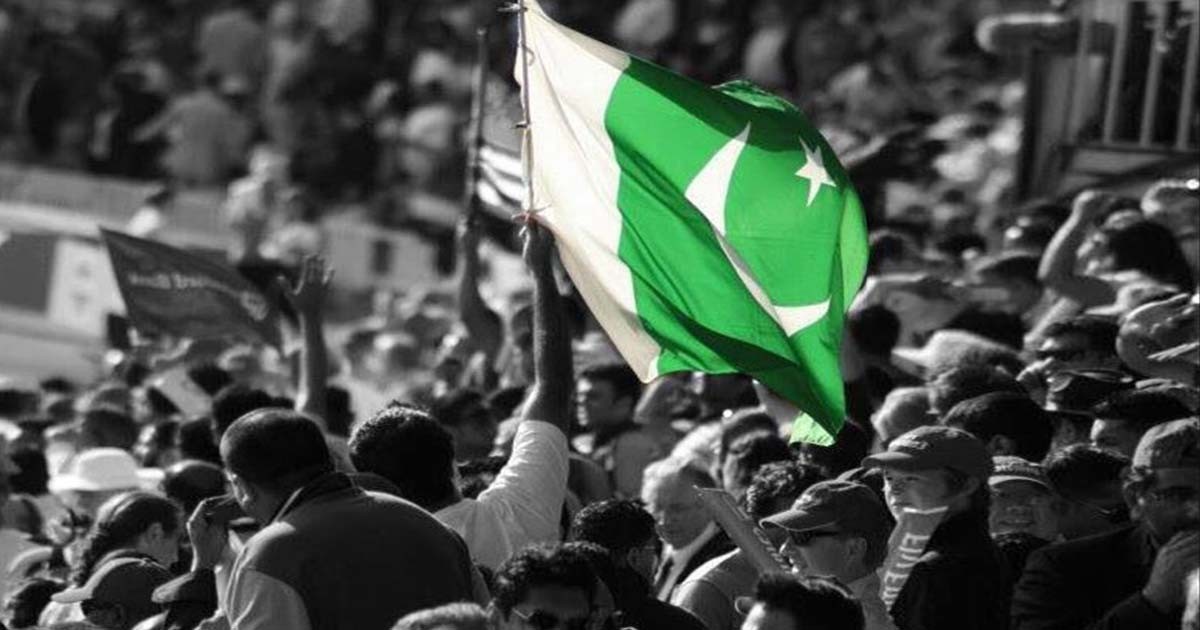Even a casual onlooker would testify to the variability of issues facing today’s Land of Pure. Things that look disparate are often thrust out of the same womb. Different breeds, same species. Hierarchical groups naturally emerge out of society. Several theories have been suggested that dissect the issue on a psychological, social, and socio-psychological level.
The Marxian project segregated the society into social classes based on the control of the means of production and eventually, socio-political discourse. Milton Rokeach based social segregation on people’s values and beliefs. The Social Identity Theory (and later Self Categorization Theory) of Tajfel and Turner explained social hierarchy based on how people categorize the groups and identify their position within them.
Read more: Lack of passion to serve public in Quaid e Azam’s land of pure
Understanding the matter better
The Social Dominance Theory proposed by Sidanius and Pratto had three main tenets: aggregated individual discrimination aggregated institutional discrimination and behavioral asymmetry. Behavioral asymmetry, the finest point in this theory, discussed how oppression is a “cooperative game” where the oppressor and the oppressed both actively participate and contribute towards the same goal.
The aforementioned theories and their characteristics can be boiled down to four main principles: 1) what kind of society does a group envision, 2) where do the group members perceive themselves in the scheme of things, 3) where does a group sit in the food chain, and 4) what is the group’s modus operandi? There’s no claim that these principles are necessarily mutually exclusive. The answers to these questions will help in identifying the hierarchical groups within a society.
Having laid a foundation for the identification of societal groups, I return to my opening remark and pose another question that is left to the reader to answer. Are the conflicts listed in the opening remark and others around us inter-group or intra-group? Inter-group conflicts are often romanticized in the social discourse because of the potential they hold to generate new ideas and systems. Intra-group, not so much, as they are significantly different from inter-group conflicts. In the latter, dominance within the group is to be established while ensuring that the group and its hierarchical status remain intact.
Read more: Pakistan: The land ruled by ‘Toadies’
It is the struggle for the control of the harem, as used in zoology while making sure that the harem is fine and dandy. These conflicts only invent, if they invent, new methods of violence and subjugation but in the process, lay bare the fissures and vulnerabilities of the group, making people realize that the impossible may be, after all, possible.
Amidst the seemingly perennial chaos, what’s needed is a clearer understanding, not an alternative option. What good would another mask, another breed, bring? Don’t we have enough charlatans already? An emancipated harem is a prerequisite for a prosperous harem and there’s no prosthetic for it.
The Land of Pure is inundated with conflicts but for those who are watching, with eyes that can see, I say don’t bother watching. It is the inter-class that you should focus on, not the intra-class. Let the folderol simmer. For now:
Eat cake, don’t drink tea, and be merry.
Shiraz Gulraiz is an author, freelance writer, and engineer by profession. He holds a Ph.D. from The University of Texas at Austin. The views expressed by the writers do not necessarily represent Global Village Space’s editorial policy.














